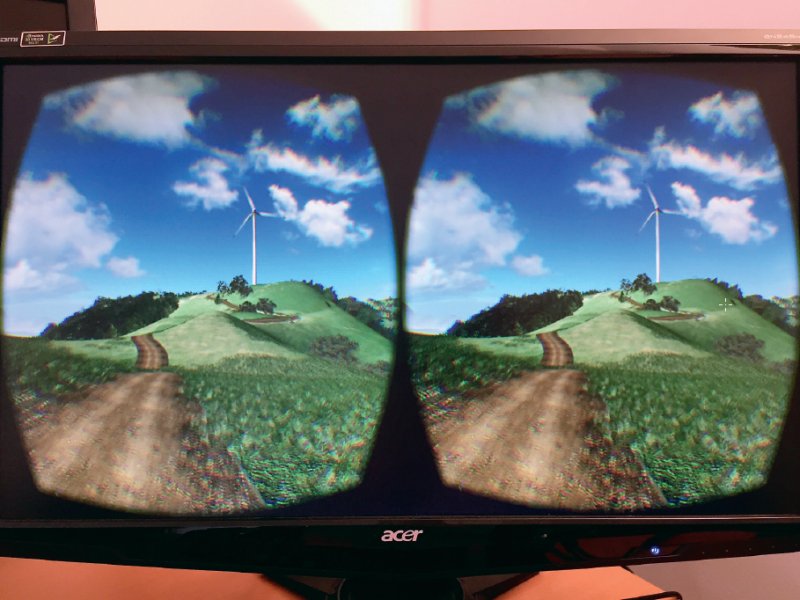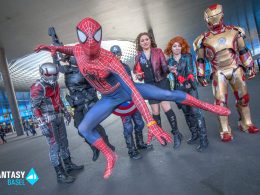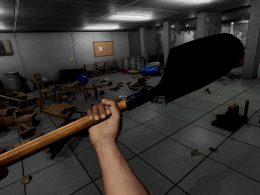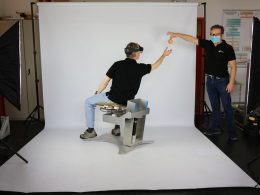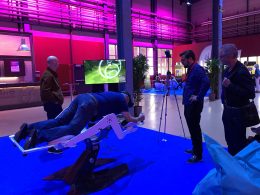Like the Palimpsest project, about which we recently reports VR can be used on the one hand to conserve history and record the current situation of living spaces and environments. On the other hand, future projects that have to do with any kind of environmental planning can be simulated realistically.
The first developments are also emerging in Switzerland. Scientists in Zurich, with the support of the SIA Swiss Association of Environmental Professionals currently working on optimising the existing tools. At ETH Zurich and the Zurich University of Applied Sciences, experience is being gained that could soon find its way into planning offices. To this end, the budding environmental engineers have realised simulations of wind farms and other landscapes with the help of the Game Engine and CityEngine software. The software was originally developed for programming games and animated films.
The results
The results of the investigations show that the topography is experienced positively by the test persons, according to the Paper. All possible dimensions can be well estimated, e.g. the height of wind turbines and buildings. Sounds support the immersion in the visual illusion. On the other hand, the test users were bothered by the low level of detail of the landscape or the buildings. Since the Oculus Rift DK2 was used, they could not interact with the landscape. The option of being able to make changes directly in VR would of course be very exciting.
The VR as Visual and means of communication for the population
In environmental and landscape planning, the question of how projects and planned changes are to be communicated to the population arises again and again. VR offers an optimal solution in that the environment can be represented one-to-one. By even being able to move around in it, the viewer gets a comprehensive impression of what is being planned. The SIA Association's project is therefore primarily about informing the interested public in the best possible way and using VR as a means of communication.
Architecture and VR combined
For any architectural project, VR is worth its weight in gold. One of the first public architecture projects in VR was realised by Responsive. For marty architecture the agency has realised a detailed representation of a planned superstructure. The basis of the 360 degree 3D world are the CAD plans provided by the client. The surroundings were integrated as a skybox through drone shots at the correct height of the terrace flat. The flat was then modelled in 3D. Users can walk around in the flat and on the terrace with the HTC Vive and also move objects. In addition, various colours and materials can be selected.

With such VR applications, building owners can view and inspect the object before anything is built. VR can also bring greater understanding to the communication between the various departments within a construction project.
Source: SIA / Responsive





